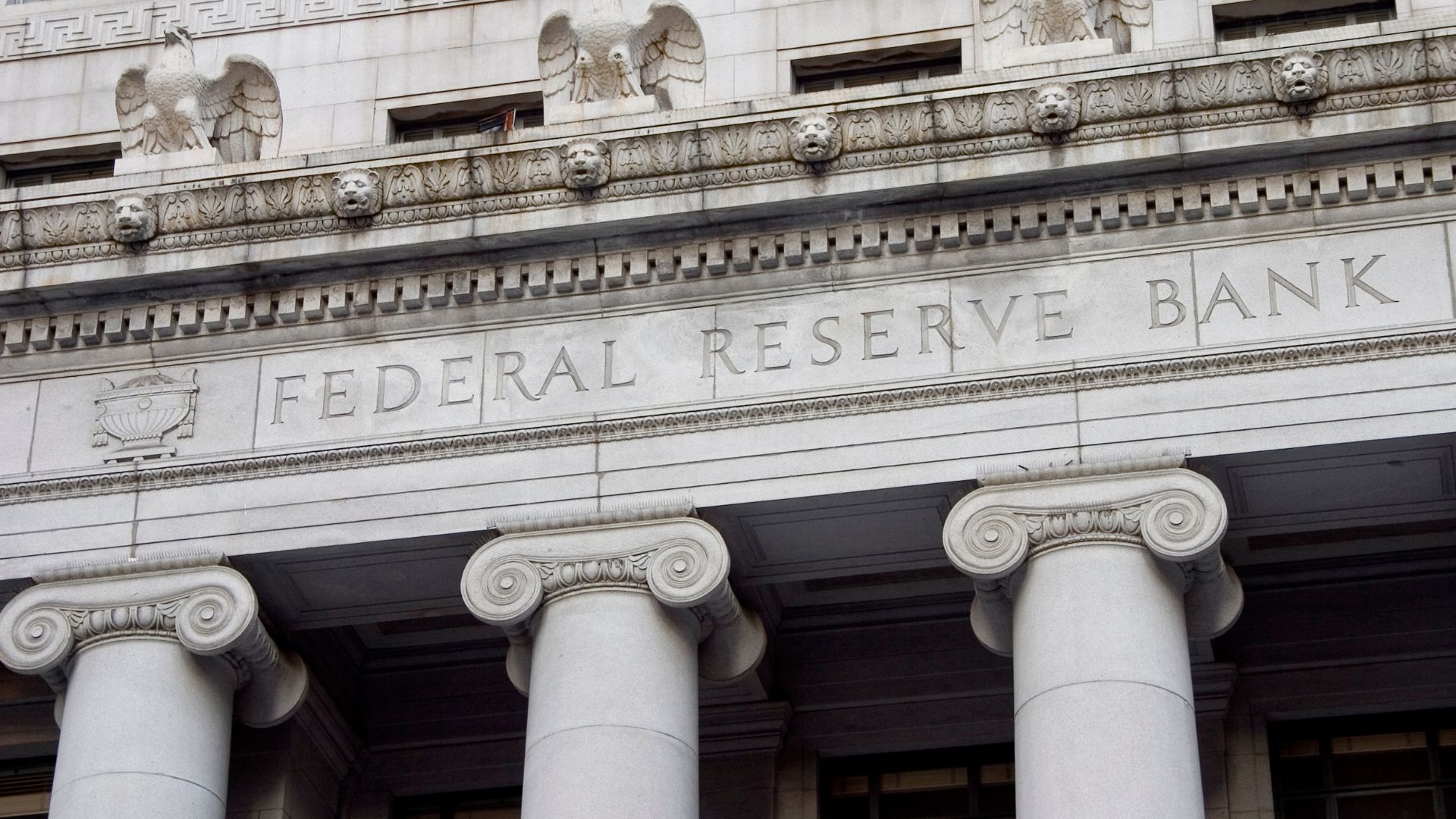Foreclosure is a term that carries significant weight in the U.S. housing market, affecting both homeowners and potential buyers. But what is a foreclosure, and why does it happen? In simple terms, foreclosure is a legal process in which a lender takes possession of a property when the homeowner fails to make their mortgage payments or breaches the terms of their loan.
For homeowners, foreclosure can be a stressful experience, often resulting in the loss of their home and damage to their credit. On the other hand, for buyers and investors, foreclosure homes for sale can represent an opportunity to purchase properties at lower-than-market prices.
Defining a Foreclosure
A foreclosure is a legal process that occurs when a homeowner fails to meet their mortgage obligations, such as missing payments or violating the terms of their loan agreement. In response, the lender takes steps to recover the unpaid balance by seizing and selling the property that was used as collateral for the loan.
While lenders typically allow some time for homeowners to resolve payment issues, the process formally begins when the borrower has missed multiple payments, often exceeding 120 days of delinquency. For homeowners, foreclosure can lead to severe consequences, including loss of their homes and significant damage to their credit scores.
What is a Pre-Foreclosure?
Pre-foreclosure is the initial stage in the foreclosure process, serving as a formal warning to homeowners that they have defaulted on their mortgage payments. During this stage, lenders notify borrowers of their delinquency and provide an opportunity to resolve the issue before the property is officially foreclosed upon.
Pre-foreclosure begins when a homeowner fails to make mortgage payments for a certain period, typically 90 days or more, depending on the terms of the loan agreement. The lender issues a Notice of Default (non-judicial foreclosure) or files a Demand Letter (judicial foreclosure) to formally inform the borrower that they are in default and at risk of foreclosure. Homeowners are then given a chance to resolve their delinquency by catching up on payments, negotiating loan modifications, refinancing, or selling the property.
What is a Judicial Foreclosure?
A judicial foreclosure is a type of foreclosure process that requires court involvement. It occurs when a lender files a lawsuit against a borrower who has defaulted on their mortgage payments. The goal of the lawsuit is to obtain the court’s authorization to sell the property used as collateral for the loan, allowing the lender to recover the unpaid balance.
Once the lawsuit is filed, the borrower is served with a summons and complaint, giving them an opportunity to respond. If the borrower fails to contest the foreclosure or cannot resolve the issue, the court may issue a judgment in favor of the lender, allowing the property to be sold at a foreclosure auction.
The following states typically require court oversight for all foreclosures and are known as Judicial Foreclosure States:
- Connecticut
- Delaware
- Florida
- Illinois
- Indiana
- Iowa
- Kansas
- Kentucky
- Louisiana
- Maine
- New Jersey
- New Mexico
- New York
- North Dakota
- Ohio
- Pennsylvania
- South Carolina
- Wisconsin
What is a Non-Judicial Foreclosure?
A non-judicial foreclosure allows lenders to foreclose on a property without involving the court system. This type of foreclosure is possible when the mortgage or deed of trust includes a power of sale clause, which grants the lender or trustee the authority to sell the property in the event of a loan default.
Non-judicial foreclosures permit lenders to bypass court proceedings, making the process faster and generally less expensive than judicial foreclosures. However, state laws still regulate steps in the non-judicial foreclosure process, such as requiring proper notice to the borrower and setting clear timelines for the sale.
All other states allow both non-judicial and judicial foreclosures.
The Foreclosure Process
While the exact steps can vary depending on state laws and whether the foreclosure is judicial or non-judicial, this is the general framework for how foreclosure works:
- A homeowner misses one or more mortgage payments. Most lenders allow a grace period and attempt to contact the borrower to resolve the delinquency before initiating legal action. After several missed payments (usually 90 days or more), the loan goes into default.
- The lender sends a Notice of Default (non-judicial foreclosure) or a Demand Letter (judicial foreclosure) to formally notify the borrower that their loan is in default. The notice includes details about the missed payments and what is required to rectify the loan. Borrowers are typically given an opportunity to reinstate their loan by paying the overdue amount, including any penalties and fees, within a specified time frame.
- For judicial foreclosures, the lender files a lawsuit against the borrower in court, seeking permission to foreclose on the property. The borrower is served with legal documents and given an opportunity to respond. For non-judicial foreclosures, the lender proceeds by issuing a Notice of Sale after the pre-foreclosure period without involving the courts.
- Once the lender receives court approval (in judicial foreclosures) or completes pre-sale requirements (in non-judicial foreclosures), a Notice of Sale is issued. The notice specifies details about the upcoming sale, including the date, time, and location.
- The property is sold at a public auction. Typically, these auctions take place at courthouses or online platforms, depending on state regulations.
Contact a REMAX real estate agent to learn more about foreclosure homes for sale or to discuss strategies for managing your mortgage challenges.






